The Nicoya Peninsula, in Costa Rica, is renowned for its magnificent beaches, stunning coastal scenery, and charming villages.
For eco-tourists, the peninsula is a treasure trove of natural wonders.
From turtle beaches to subterranean caves, bird hotspots, and maritime riches, these marvels are protected in various nature reserves throughout the area.
The southern Nicoya Peninsula has long been a secluded gem, with pristine and remote beaches that sweep down from the hilly interior to the Pacific Ocean.
Unlike Guanacaste’s dry climate, the southern Nicoya Peninsula receives more rain, creating a transitional zone between dry forest and tropical rainforest.
The renowned Cabo Blanco Reserve, the first national park in Costa Rica, awaits eco-tourists with abundant flora and fauna at the peninsula’s tip.
Deeply rooted in tradition, the peninsula is a land of cattle ranches and sabaneros, Costa Rican cowboys.
The vibrant local folklore comes alive during civic fiestas held in countryside villages, featuring thrilling rodeos, delicious food, and captivating dances to the beats of Marimba and Cumbia.
Why is Nicoya Peninsula a sustainability reference?
☘ It is one of the world’s few recognized Blue Zones, which are regions where people live longer, healthier lives. The population in this area has a higher life expectancy, with a significant number of centenarians.
☘ The region is known for its commitment to environmental conservation and protection. It has a rich biodiversity with several protected areas, including the Cabo Blanco Absolute Natural Reserve, Curu Wildlife Reserve, and several national parks.
☘ Has a strong tradition of organic farming and agriculture. Local farmers practice sustainable farming methods, such as permaculture and agroforestry, minimizing the use of synthetic fertilizers and pesticides.
☘ The local communities and businesses have adopted sustainable tourism practices that aim to minimize the environmental impact while providing unique experiences for visitors. Sustainable accommodations, eco-lodges, and community-based tourism initiatives promote cultural preservation, support local economies, and raise awareness about the importance of sustainable practices.
☘ Rainwater harvesting systems, water conservation initiatives, and efficient irrigation techniques are employed to ensure responsible water usage and minimize the impact on the local water sources.
Imagine yourself exploring the Terciopelo Cave, in the Barra Honda National Park, starting with a 62 ft (19 m) descent into the interior of the cave!
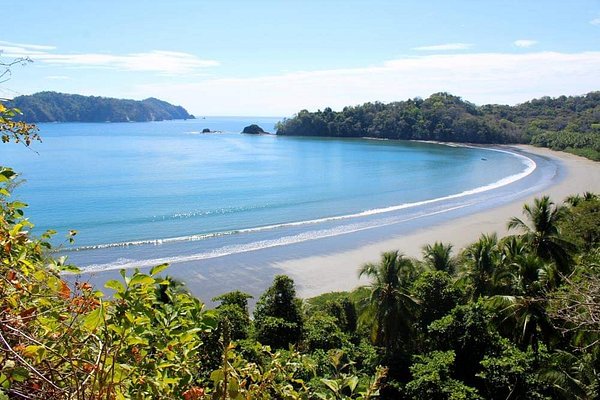
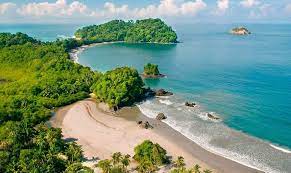
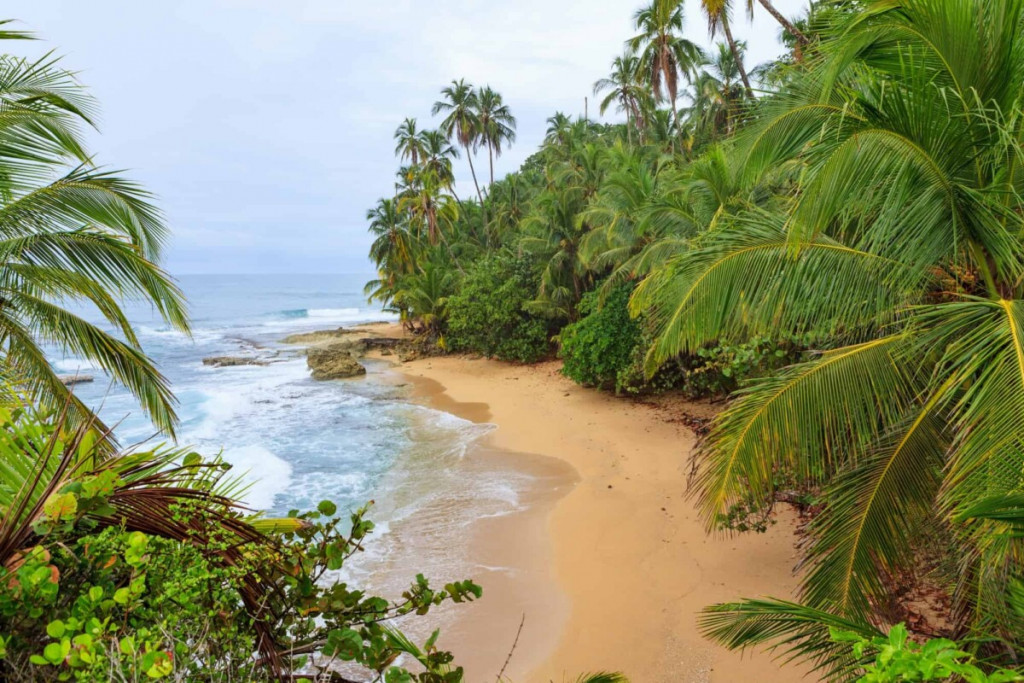
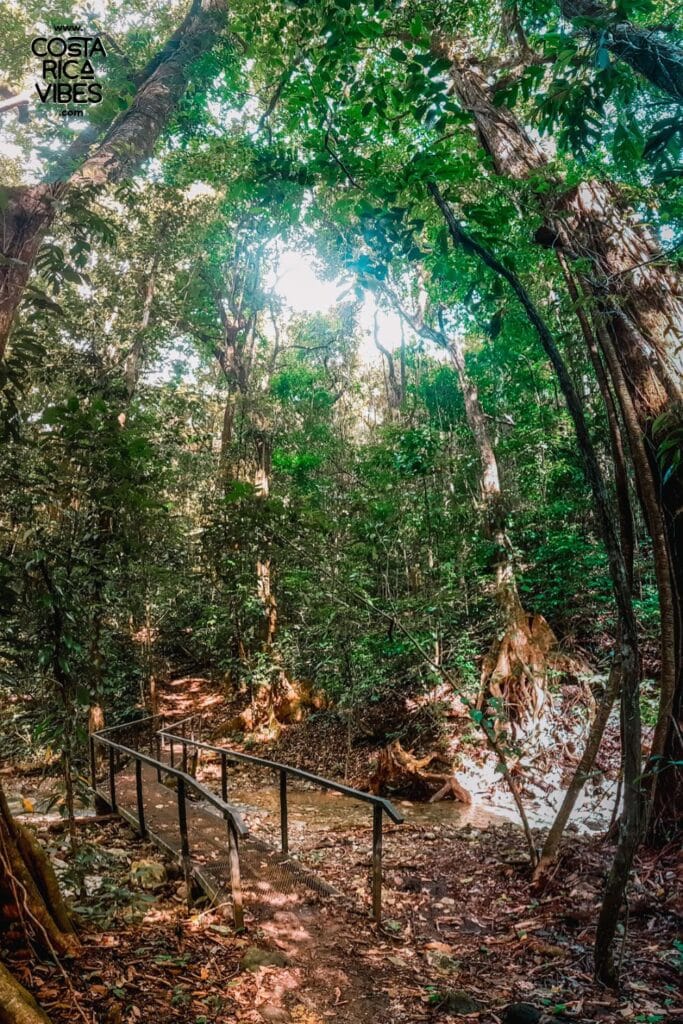
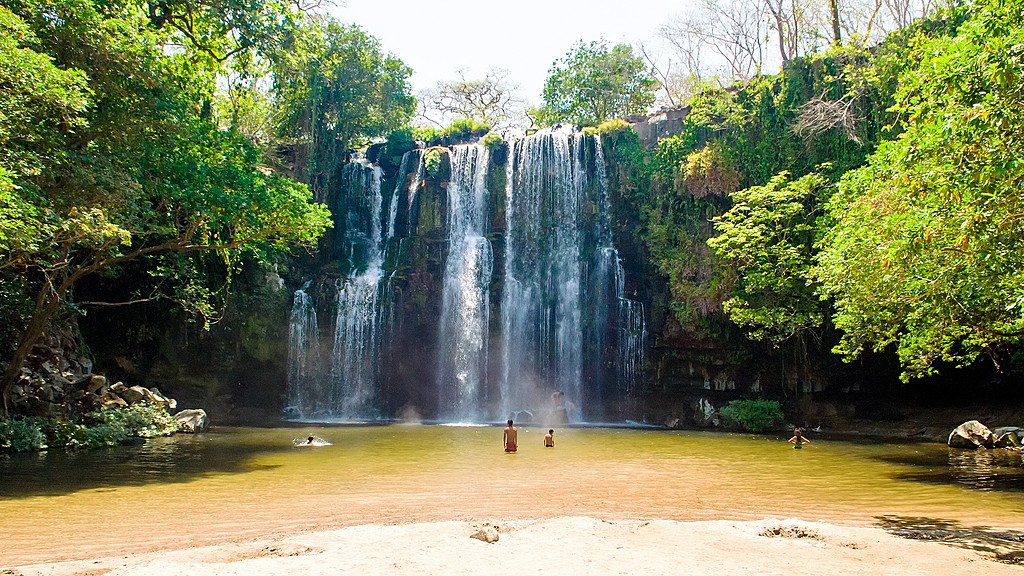
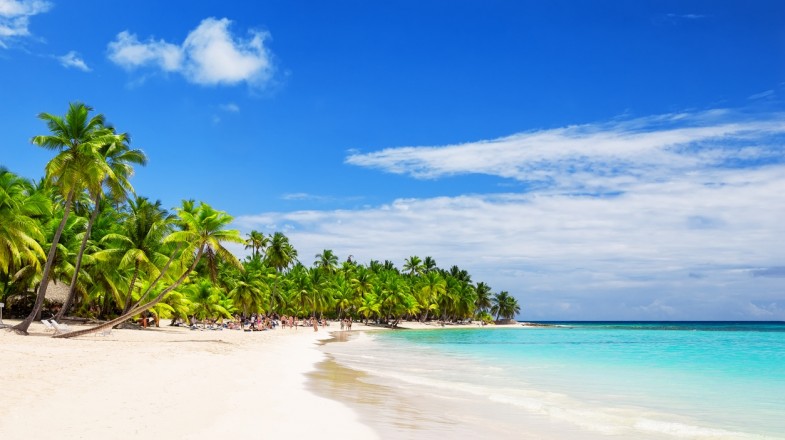
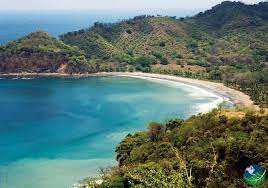
A

